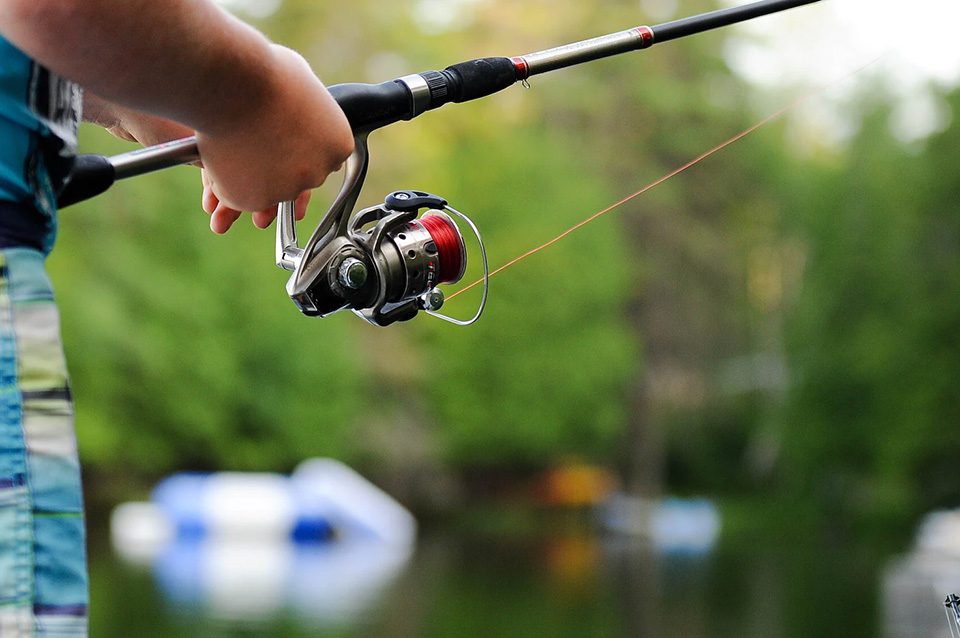
By Brandon Lester
When a fish gets away, it’s many times due to a poor hookset. However, even a fish that’s hooked solidly can shake free. Slack in the line is the main reason for hooks coming out of a fish’s mouth. Slack can come from several factors. Let’s look at three basic scenarios.
- The fish swimming directly at you very quickly
- The fish getting the line wrapped in cover
- The fish jumping
Sometimes a fish will make a hard run at the boat. Often this results in slack line and the hook coming out. A high-speed reel and quick recognition of the situation are key to keeping slack out of the line. A longer rod will help keep a tight line and pressure on the bass. Depending on your surroundings, you can also keep the line tight by walking backwards.
In addition to the potential for line breakage, fish getting into cover can cause slack in the line. Once a fish turns its head with the line tight against cover, there’s potential for slack to form. Keep heavy pressure on the fish when it buries up in cover, and get it out into open water as quickly as possible. That’s another plus to a powerful hookset; it gets that fish moving in the right direction.
Losing a fish when it jumps and throws the bait can really break your heart. Your best bet is to do everything possible to keep a bass from jumping in the first place. Sticking the rod tip down in the water will often keep a bass from jumping. Turning the fish quickly in the opposite direction as he begins to warm up for a leap will also keep its head down and eliminate a jump.
Probably the most obvious way for fish to get off is for your line to break. Line breaks either because it gets damaged or it will break at the knot. Breaking at the knot is very discouraging. One tip to reduce this occurrence is to wet the line when cinching down the knot, especially with fluorocarbon. You also need to be proficient at several different knots. There are apps online that explain knots for each situation. The Palomar knot is the strongest knot and is useful for a wide variety of situations.
The pound test line you use has to be paired with the proper power rod and the proper sized hook. Use the line weight rating on your rod’s specifications as a starting point. A stout 5/0 Mustad Grip Pin 3X Max flipping hook needs line that is at least 20 pound test or greater. Lighter line is going to be better for smaller hooks, fished on medium-power rods. My brand of rods, MHX, has the suggested line sizes on the blanks when you purchase at www.mudhole.com.
Quality line you can trust is also important. Vicious No Fade Braid (www.GetVicious.com) is a line I highly recommend. It’s not going to break, and it’s also going to keep its dark green color over multiple fishing seasons.